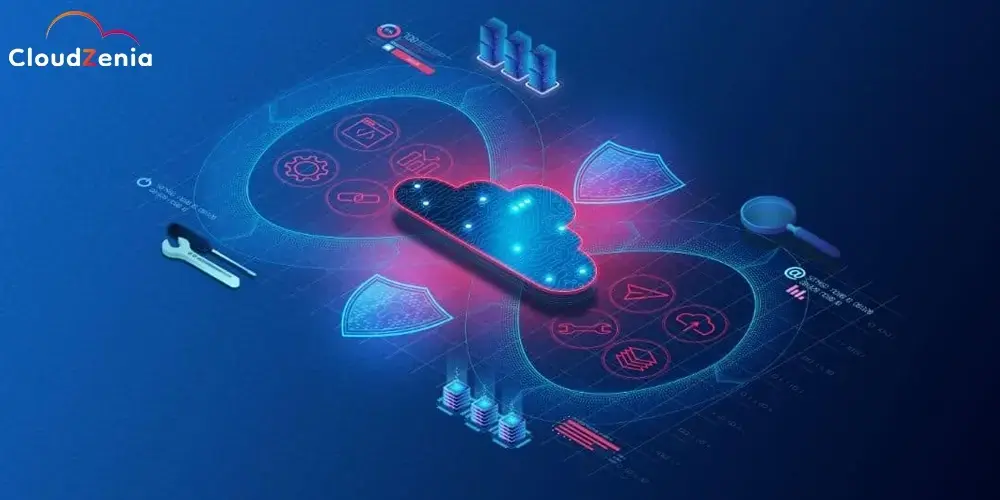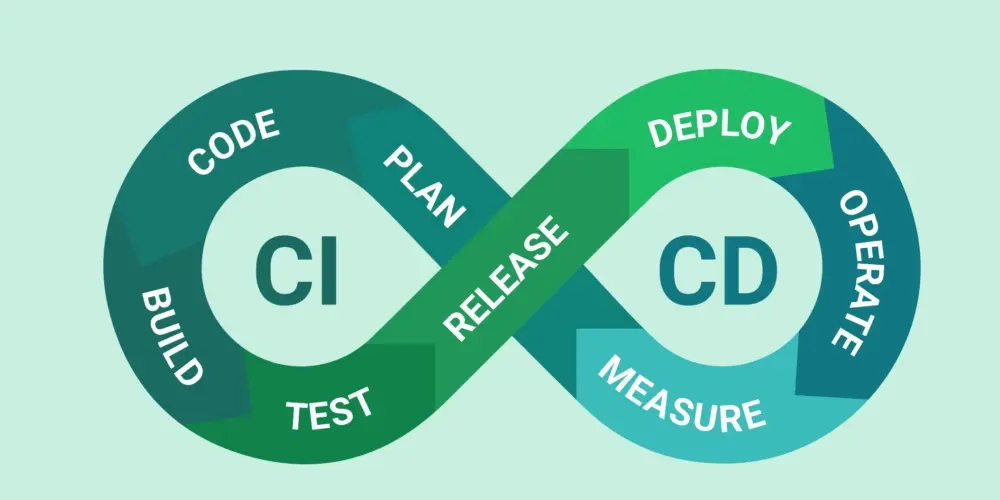
Imagine your team has just rolled out a critical software update to the cloud. However, within moments, users begin reporting unexpected issues. Delays can be game-changers today. That is the reason why CI/CD is not just an upgrade. It is, instead, a must-have for smooth development and deployment.
CI/CD in cloud environments optimises software delivery by automating the integration, testing as well as deployment processes. However, the true foundation of effective CI/CD pipelines lies in robust version control and rollback strategies. Version control guarantees that every code modification is carefully tracked and organized. Conversely, rollback mechanisms serve as a safety net that allows for quick reversal of issues without disrupting the user experience.
This blog will explore the intricacies of managing version control, CI/CD tools, and implementing seamless rollbacks within CI/CD pipelines. These insights will definitely help you create resilient and efficient pipelines for your projects.
Understanding CI/CD in the Cloud

Continuous Integration (CI) keeps things smooth by blending code updates into a shared repository. This triggers automated tests to catch issues early. Continuous Deployment (CD) takes it further. It automatically pushes changes live for faster, more reliable releases.
By bringing these methodologies into cloud environments, organisations can tap into cloud computing’s core benefits. This involves scalability and high availability. They can swiftly establish as well as optimise infrastructure for evolving needs.
For example, an AWS CI/CD pipeline utilises managed services. This includes AWS CodePipeline to automate and streamline development, as well as, deployment activities. Likewise, other cloud-based platforms like Azure DevOps or Google Cloud Build deliver essential tools and orchestration needed to improve efficiency. It also upholds uninterrupted workflows.
By adopting CI/CD in the cloud, development teams can accomplish a much reduced time-to-market and enhanced code quality. It also polishes collaboration among teams. Nonetheless, as the complexity of these pipelines escalates, your team needs to effectively oversee version control and establish robust rollback strategies. This is to maintain the reliability and stability of your software products.
Best Practices for Managing Version Control and Rollbacks
Guaranteeing smooth version control and rollbacks keeps your Azure or AWS CI/CD pipeline stable and efficient. Utilise best practices along with the right tools to ease collaboration and steer seamless deployments. These tools minimise deployment risks and ensures quick recovery, refining CI/CD processes. This guarantees consistent performance across diverse cloud environments.
– Maintain a Clean and Efficient Version Control System
Clear branching strategies keep your codebase organised. Using structured approaches like Git Flow streamlines collaboration. Code reviews ensure every change is vetted before merging. This helps you maintain quality and stability.
- Example: In a Git Flow setup, developers work on feature branches that are merged into a develop branch after passing reviews. This allows for parallel development while keeping the master branch stable. Moreover, ensure that commit messages are descriptive and informative. Instead of using vague messages like “Updated file”, a clearer message could be “Refactored authentication module to improve performance and security”. This clarity helps team members understand the changes made and assists during rollbacks.
– Automate Rollback Processes
Synchronise your version control with your CI/CD platform for smooth rollbacks. Set up dedicated rollback pipelines. You may also create rollback features directly into your deployment workflow for hassle-free recovery.
- Example: If you use Jenkins CI/CD tool, then set up a rollback pipeline that auto-reverts to the last stable build if a deployment fails. So, if an update causes issues, the system instantly rolls back. This absolutely minimises downtime and keeps things running immaculately.
– Implement Thorough Testing and Monitoring
Ensure your CI/CD pipeline is robust. It should cover unit, integration, and end-to-end tests. Catching bugs early saves a ton of hassles later. Also, set up smart monitoring and alerts. This keeps you in the loop if something goes wrong in production. Stay ahead, not reactive!
- Example: Boost your CI/CD pipeline with automated testing. Utilise Selenium for end-to-end tests and JUnit for unit testing. Running these in your pipeline helps catch issues before they hit production. For monitoring, Datadog or Prometheus keep an eye on performance and flag anomalies in real time. This lets your team respond swiftly to potential issues.
– Keep Documentation Up-to-Date
Maintain clear and current documentation regarding your version control and rollback strategies. This involves the rationale behind your chosen practices. This will help ensure consistency and facilitate knowledge sharing. It also enables smooth onboarding for new team members.
- Example: Create a centralized documentation repository. Use Confluence or GitBook for this. Include detailed sections on branching strategies, commit message guidelines and rollback procedures. When new team members join, they can review this documentation to understand established practices. This curbs the learning curve and encourages process adherence.
– Regularly Review and Iterate
Keep your version control and rollback strategies sharp by regularly evaluating their effectiveness. Stay flexible and ready to refine them as your organization scales and technology shifts.
- Example: Schedule quarterly retrospectives focused on version control and rollback processes. During these meetings, discuss what worked well and what did not. If a specific rollback process proved to be cumbersome during a recent deployment, consider streamlining it or exploring new tools that could improve efficiency. This continuous refinement keeps your practices aligned with current needs and effectiveness.
Winding Up
Effectively overseeing version control and establishing strong rollback strategies are critical elements of successful CI/CD pipelines in cloud environments. By implementing the best practices discussed in this blog, your team can foster collaboration, reduce risks, and ensure swift recovery from deployment challenges.
As technology advances, remaining knowledgeable and flexible is essential for sustaining software stability and reliability. For more expert insights and articles on cloud computing, Jenkins, CI/CD tools, and DevOps best practices, go through the CloudZenia blog. It will definitely help you equip your team with the expertise needed to excel in the cloud ecosystem.

